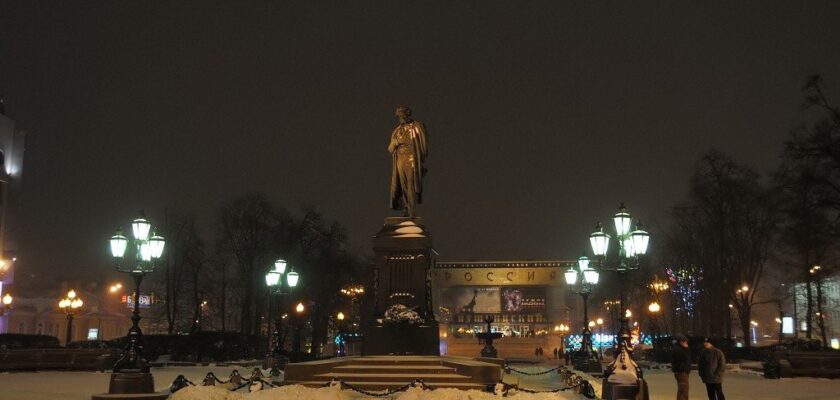Pushkin Monument in Moscow
The Pushkin Monument in Moscow is one of the most famous sights of the Russian capital, without which it is difficult to imagine its modern appearance. The majestic monument, which is about 11 meters high in total, is erected on Pushkin Square, where Muscovites and guests of the city like to make appointments and where it is always crowded.
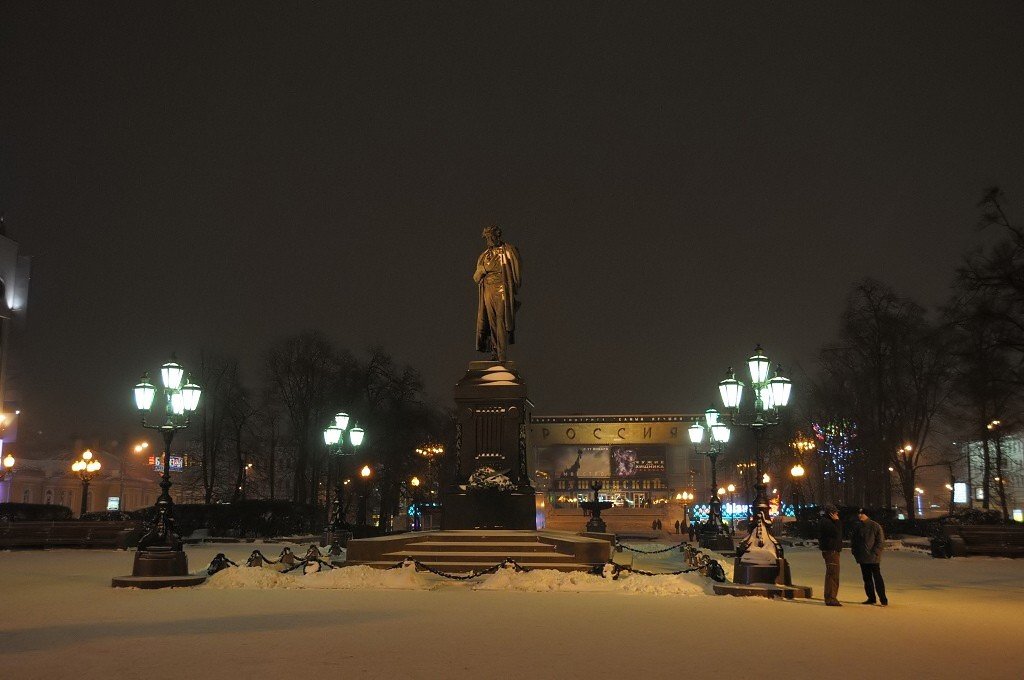
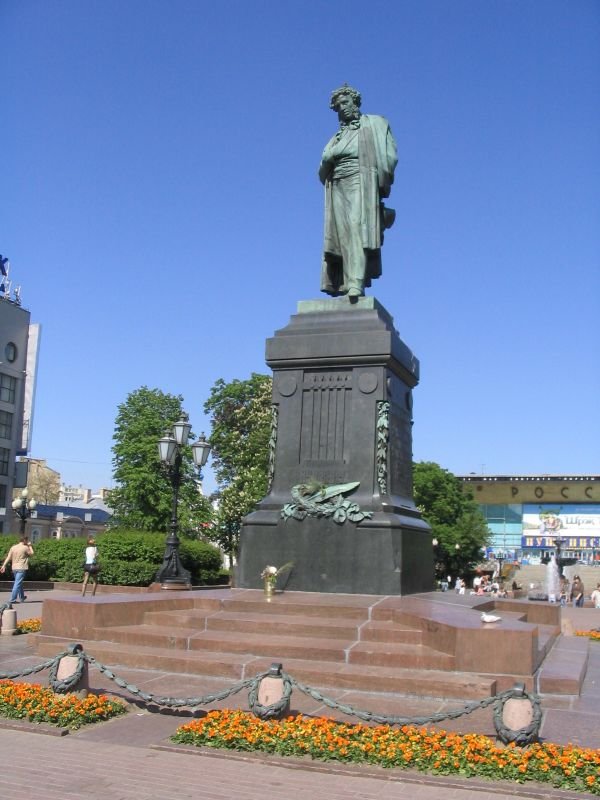
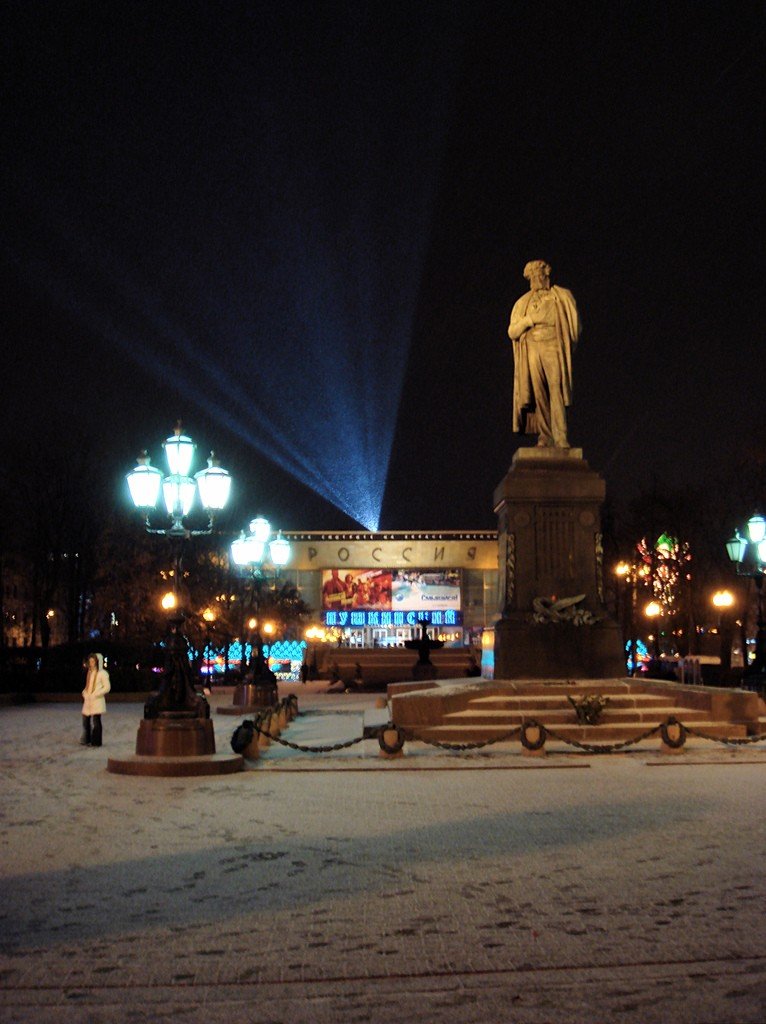
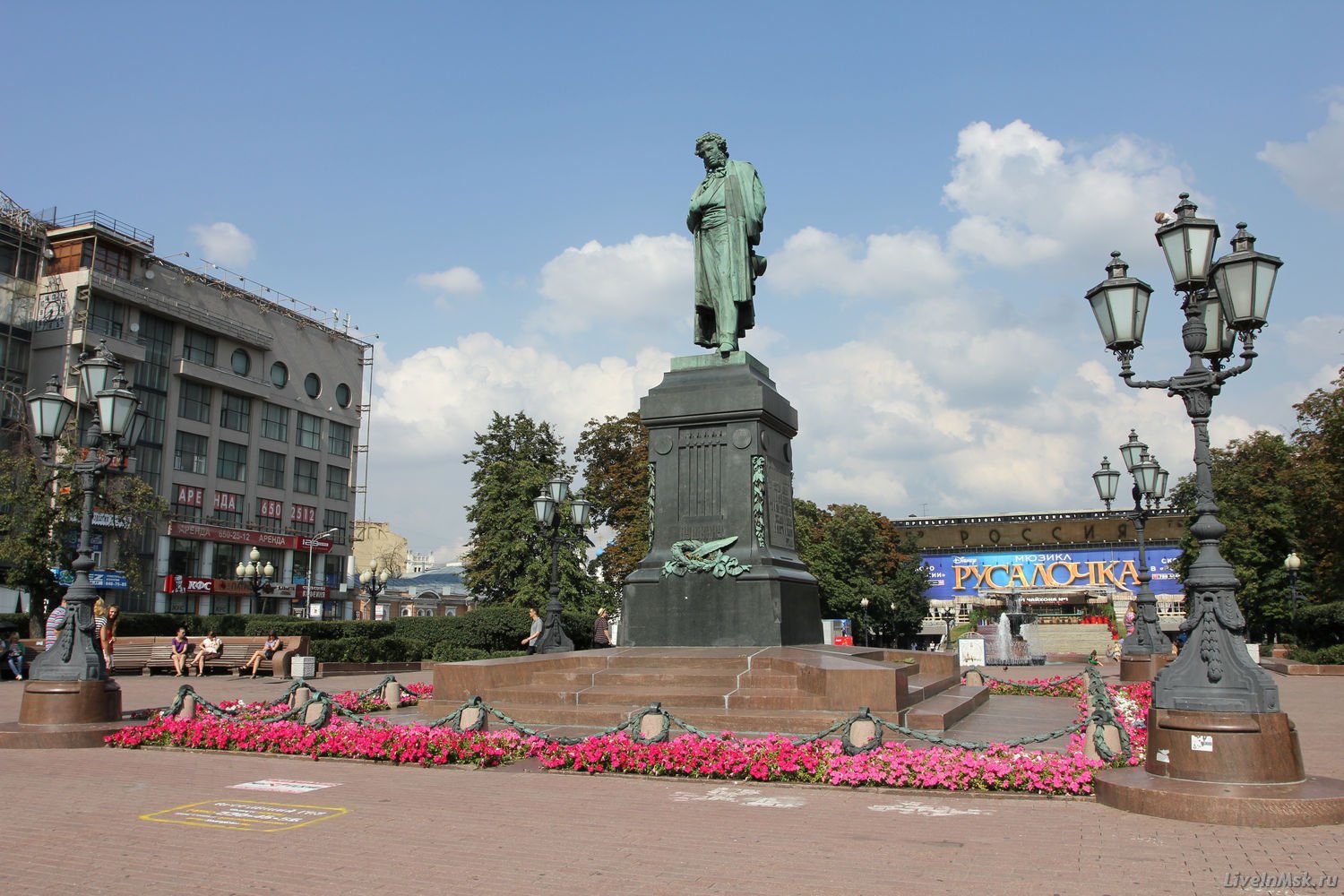
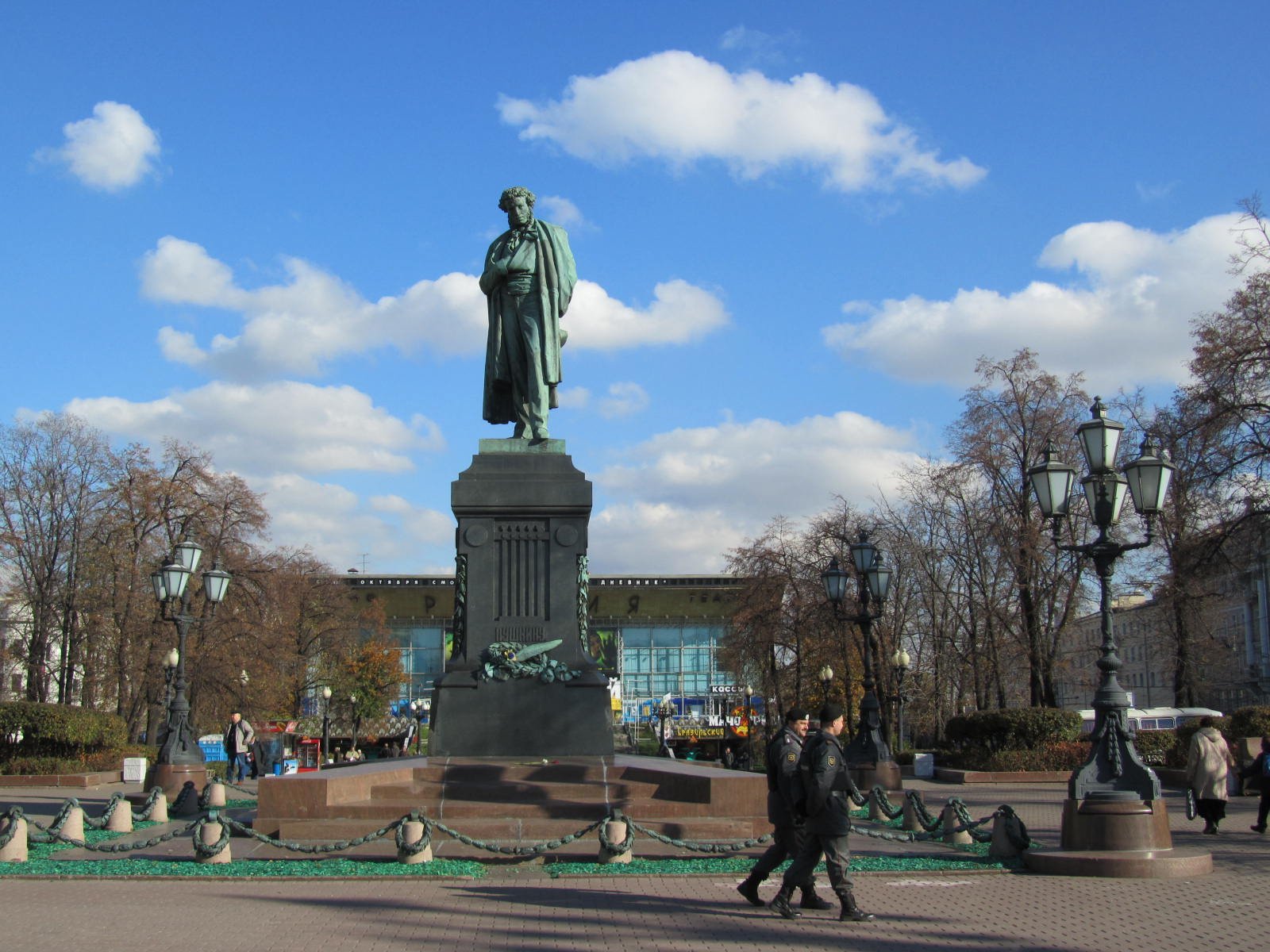
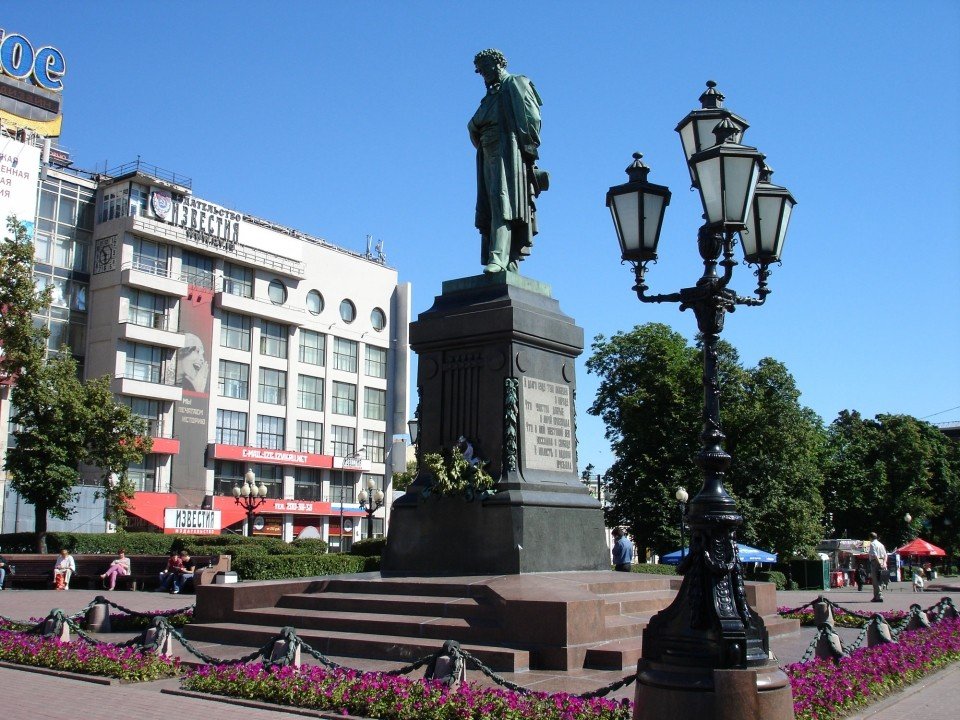
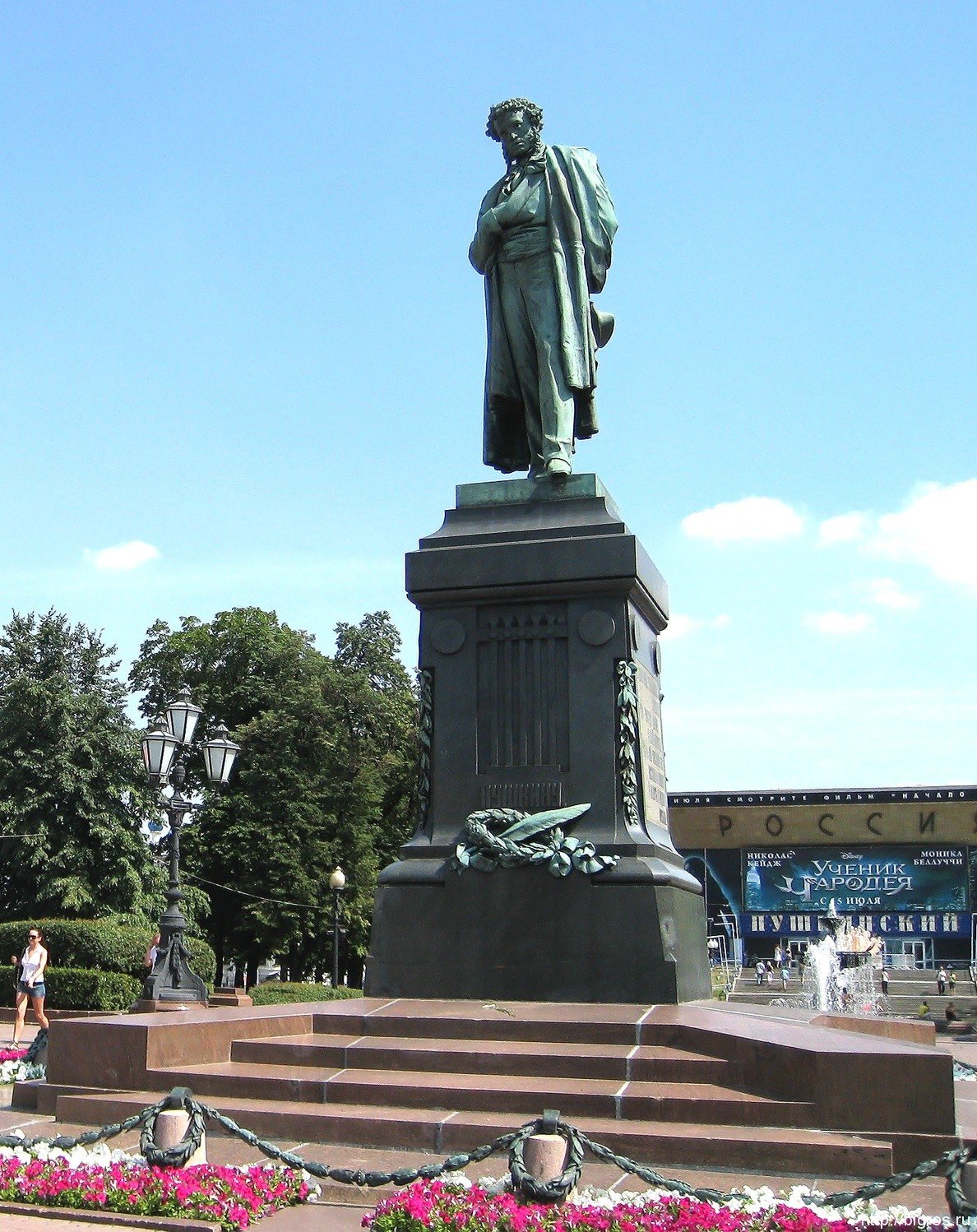
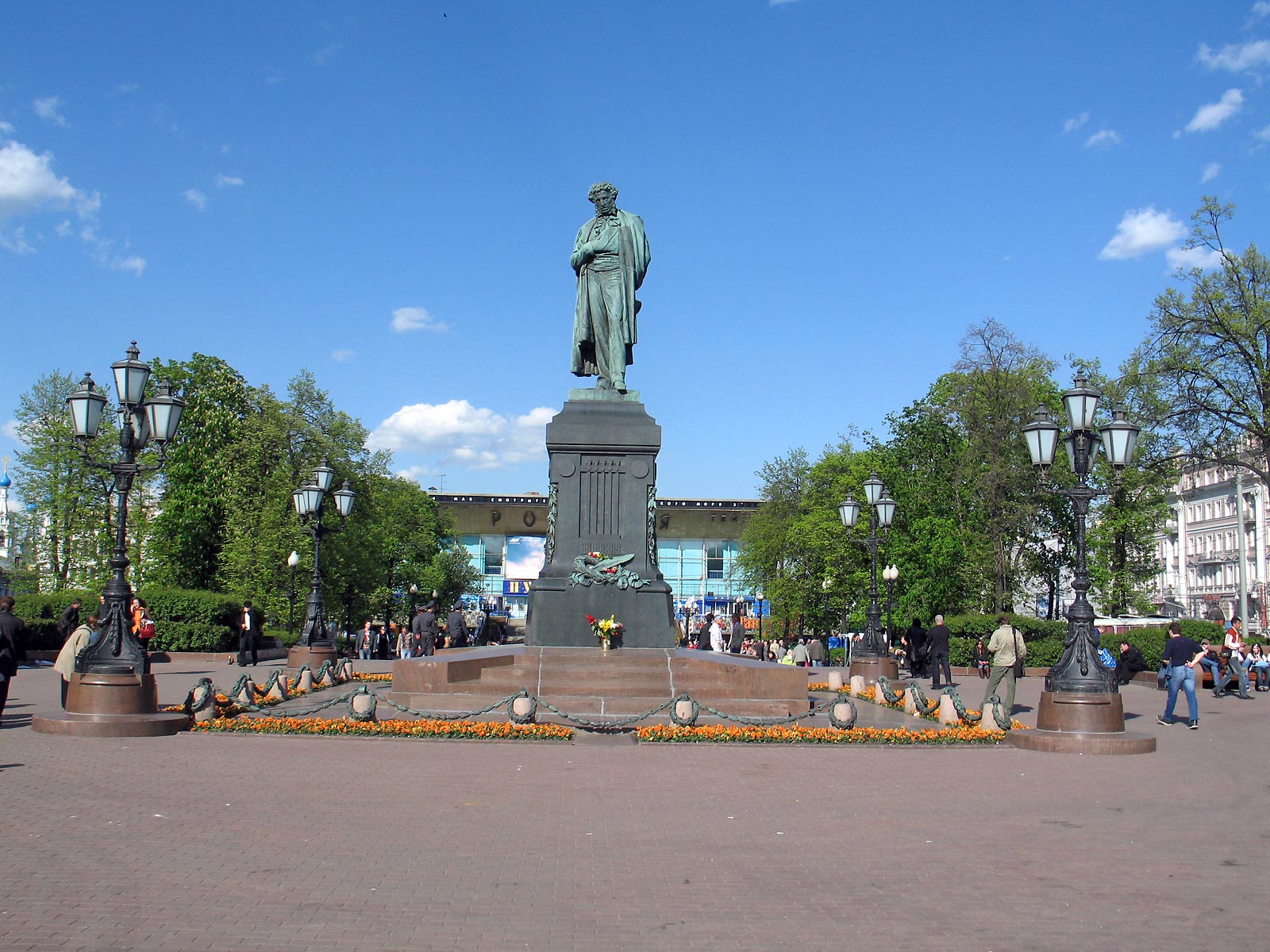
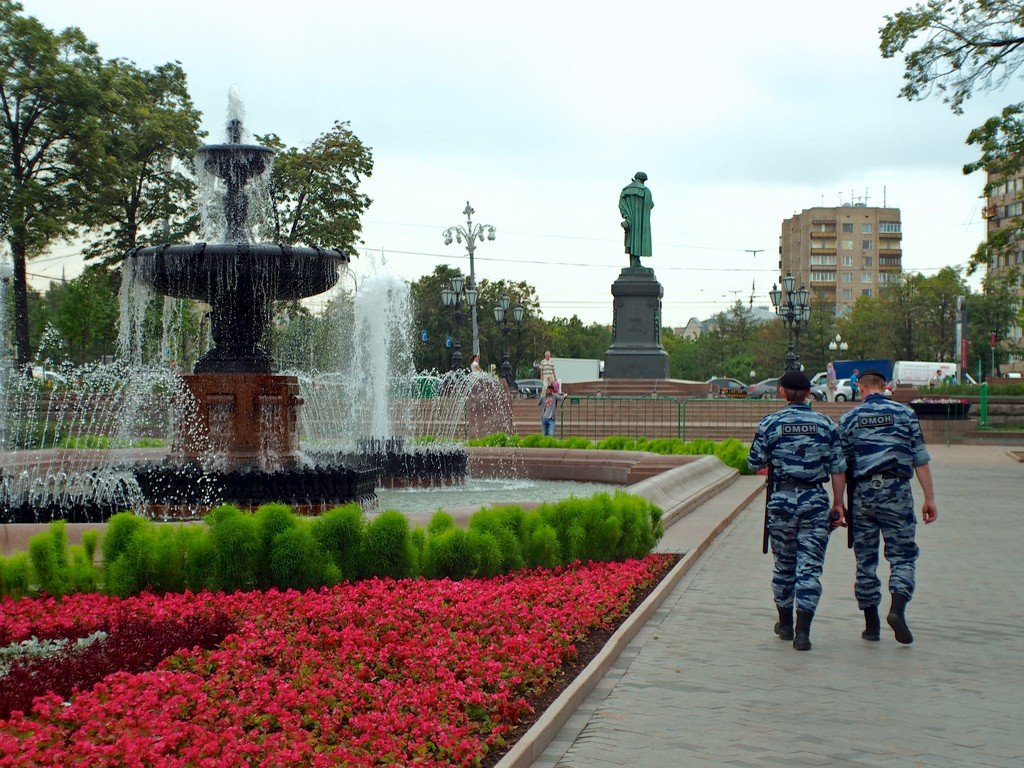
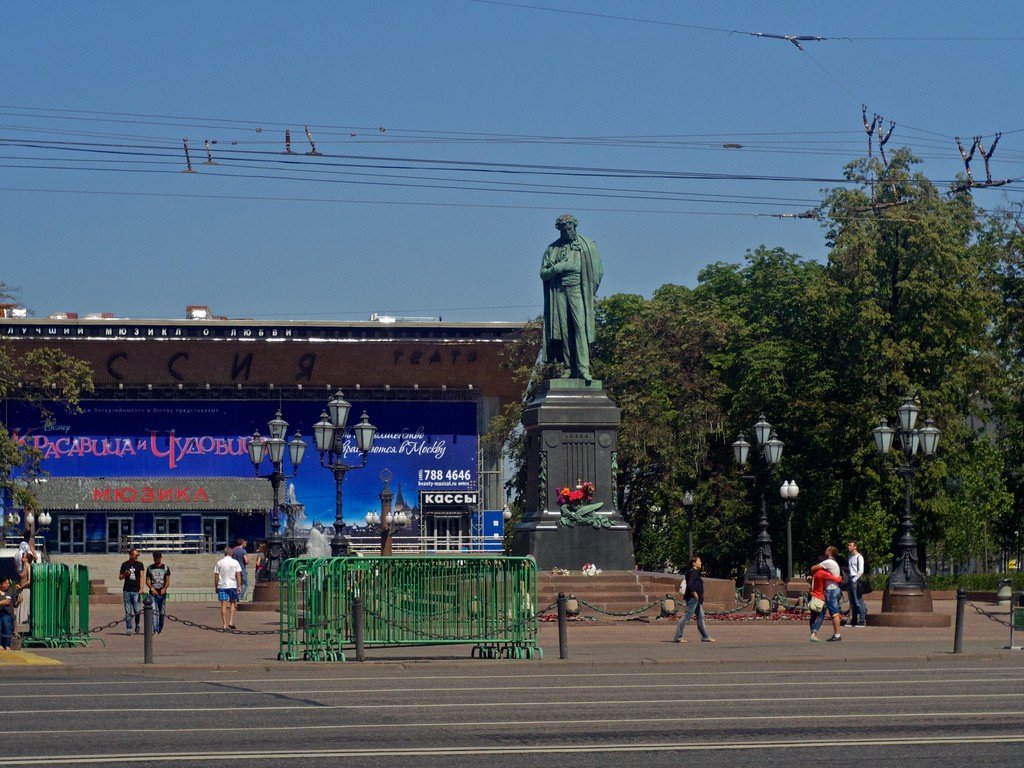
Highlights
The sculpture is made of bronze, which is considered an “eternal material”, which means that the monument itself is perceived as something fundamental, like the poetry of Alexander Sergeyevich Pushkin, which continues to live in the current generations. Many famous people, including the Russian literary critic V. G. Belinsky, predicted the poet’s “immortality”, that he would be honored in Russia as a classic, and that his works would be used to teach and develop not only the younger, but also the adult generation. And so it happened…
.And the monument to the great poet in the city where he was born in 1799 and with which he was associated many important events – for example, a personal meeting with Emperor Nicholas I, who guaranteed him patronage and exemption from censorship – became a recognition of his invaluable contribution to Russian literature and the embodiment of sincere popular love.
History of the Pushkin Monument
Alexander Sergeyevich Pushkin studied at the Tsarskoye Selo Lyceum, where his poetic gift was first discovered and highly appreciated. In this prestigious educational institution he spent six years, and it was among its graduates four decades later, in 1860, that the idea of erecting such a monument was born. The young men announced a fundraiser and at the same time applied to the government for permission, which was granted. At the same time, the state, given the not very warm attitude to the poet in the ruling circles, did not allocate any funding.
.
The first money for the construction of a monument to Pushkin came from the charity line, but these 13 thousand rubles were not enough. In 1870, one of the lyceum students, Yakov Karlovich Grote, was organized an additional fundraiser, which lasted a decade. During this rather large time period it was possible to collect 160,575 rubles 10 kopecks.
In the mid-70s of the XIX century, a competition was announced for the best design of a monument to Alexander Pushkin. It was won by the famous Russian sculptor Alexander Mikhailovich Opekushin, popular in monarchist circles of the time. In the process of creating the monument, many variants were considered. The master, assisted by architect Ivan Semenovich Bogomolov, made at least three dozen plasticine and clay models. He also made sketches on paper, depicting Pushkin in different poses, and such variations gathered on ten large albums. It took five years to make a model of the monument, casting the sculpture itself and building a pedestal under it.
.
The sculpture of the poet was made at the bronze foundry in St. Petersburg, and as a material for the pedestal used Serdobol granite dark red color, which is mined in quarries on the shores and islands of the northern part of Lake Ladoga, near the Karelian town of Sortavala (old name – Serdobol). When the pedestal was put in place, some damage was done to it. For this reason, scheduled for October 19, 1879 the opening of the monument to Pushkin in Moscow did not take place. The next date – May 26, 1880, the birthday of the poet – was also thwarted. Four days before, the Empress Maria Alexandrovna, the wife of Alexander II, died of tuberculosis, and the country was declared in mourning on this occasion.
.
And now, finally, it was June 6, 1880 – another date for the opening of the monument on Strastnaya Square (it was named Pushkinskaya Square only in 1937). This time the solemn ceremony, which has become a notable event in the social and cultural life not only of Moscow, but also of the whole country, was not hindered by anything. The event was held in large crowds, later it will be called the “second birth” of the poet, who entered history and as the founder of the modern Russian literary language.
.Features of the Pushkin monument in Moscow
Sculptor Opekushin, we must praise him, depicted Alexander Sergeevich so naturally and harmoniously that he looks almost as alive. Pushkin stands in full height, his head slightly tilted, on the forehead you can even see wrinkles. His eyes, lively and sad, look at us from the depths of centuries. In his gaze one can read a remarkable intelligence and at the same time a certain distraction and even detachment – it seems that at this very moment he is pondering over his next work. His left leg is slightly forward, which gives the impression of slow movement. A cloak is thrown over his shoulders, under which we see a long surcoat. The poet’s right hand is placed under the vest, and the left hand, taken behind his back, he holds a hat.
.
The monument to Pushkin in Moscow harmoniously blended into the ensemble of the square, and it is impossible to imagine them in isolation from each other. On both sides of the pedestal are four elegant lanterns, each with four lamps. On the perimeter of the monument we see small bollards, there are twenty of them: they are covered with bronze wreaths and connected by a bronze chain. This whole ensemble gives the surrounding landscape a unique flavor of the XIX century, which was marked for Russia by such events as the Patriotic War of 1812, the Decembrist uprising in 1825, the Crimean War of 1853-1856, the abolition of serfdom in 1861 and many others. This century saw the work of such writers and poets as Karamzin and Lermontov, Griboyedov and Gogol, Tolstoy and Dostoyevsky and, of course, Pushkin.
.
One of the special features of the monument to Pushkin can be considered and inscribed pedestal, which is decorated with lines from the poem “Monument”. True, the poet’s friend Vasily Andreyevich Zhukovsky, who did not leave him neither in the years of joy, nor in the years of calamity and even on his deathbed after the duel with Dantes, made some changes to the text for censorship reasons. The words “That in my cruel age I glorified Freedom” he considered “dangerous” and replaced them with the politically neutral “That the charm of living poems I was useful”. However, in 1936, when the USSR was preparing for the memorable date – the 100th anniversary of the death of Alexander Pushkin, it was decided to restore the original text. In this case, the original font was retained, but the orthography was replaced by modern. The only place where the inscriptions on the pedestal remained unchanged was on the back side. Here you can read the following: “Constructed in 1880.”
.How to get there
The monument to Pushkin in Moscow is located in the Central District of the capital at the address: Pushkinskaya Square, 2, it is at the beginning of Tverskoy Boulevard. Opposite is the Rossiya movie theater.
You can get to the monument by metro, stations “Pushkinskaya”, “Chekhovskaya”, “Tverskaya”, or by bus: routes №№ H1, 12c, 015, 15 and 31, to the stop “Pushkinskaya Square”. Trolleybuses Nos. 1 and 12 run to the same stop.
.